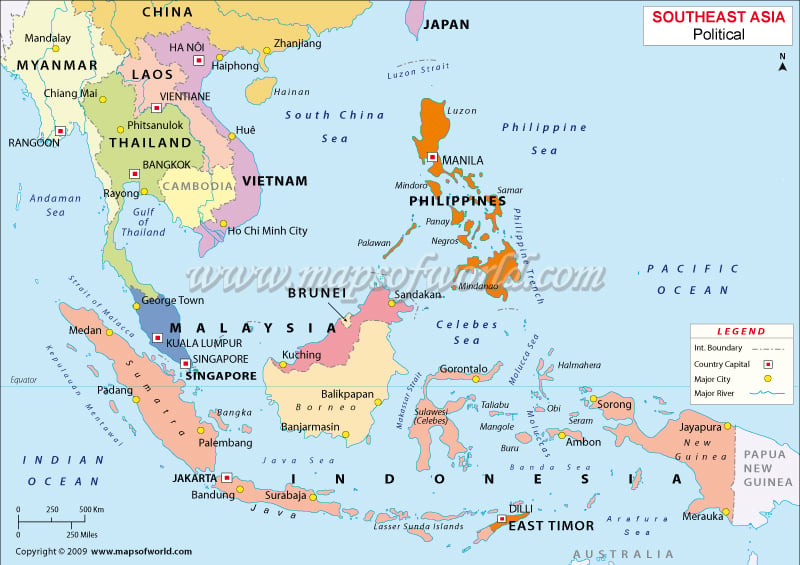Special locations in the community are designated as a meeting center, work areas creating pottery, areas of pottery drying into red greenware and way in the back area is a carefully piled collection of red ware colored pots covered in horse dung and plenty of dry grass.
One of the older men of the Ibanag Community was told I am a potter and was excited to find me. He took me to the prepared firing of the pots. He lite the grass and heavy white smoke came up out of the pile. He reported to me the local horses supply all the needed dung for the long firing as the dung is set in every pot and does a very slow burn. The pots come out a strong red bisque and the women polish the pieces to a soft patina shine.
One Ibanag very wrinkled woman with a warm smile took me to the location where she calls home. She pulled a few pots out and set them open in a ledge. She asked me which one I want, the interpreter told me. I chose a short round one with a lid. My new friend wrapped the pot in paper and tied string around it. I did manage to get it to the USA in one piece - for me it is a great artifact and treasure from a beautiful community in northwest Luzon, Philippines - the indigenous Philippine group, the Ibanag Community.







